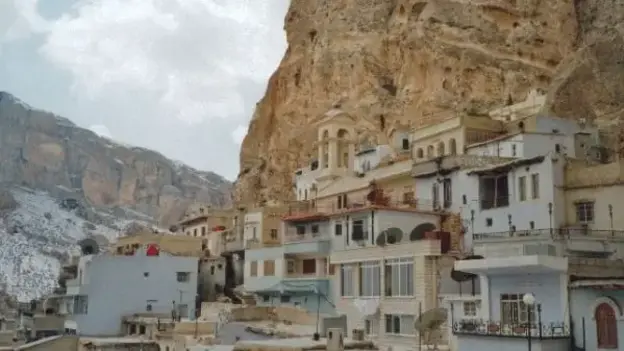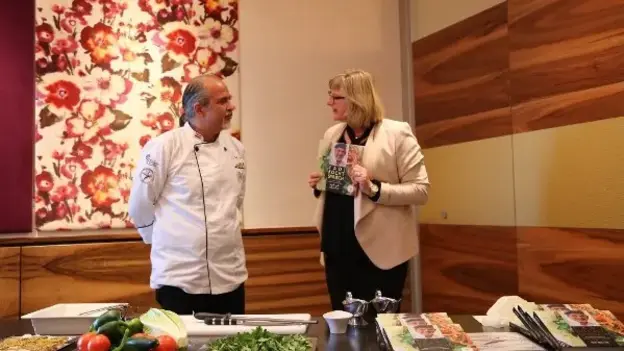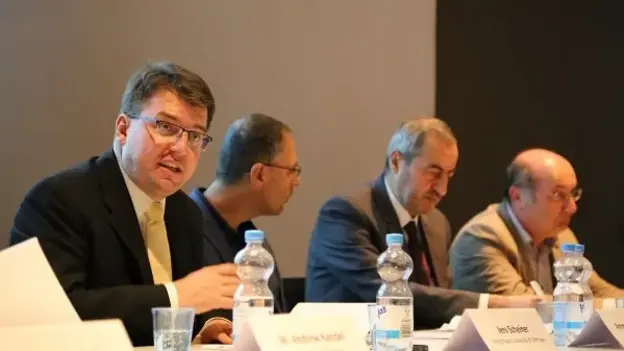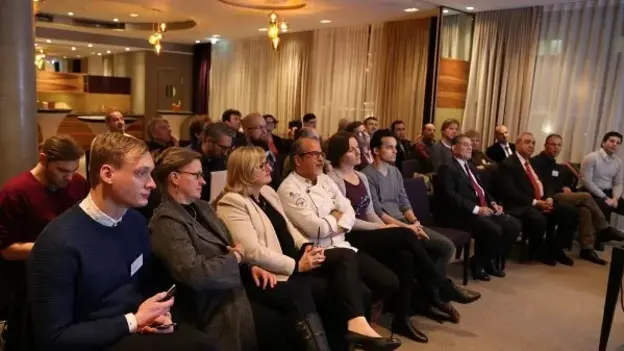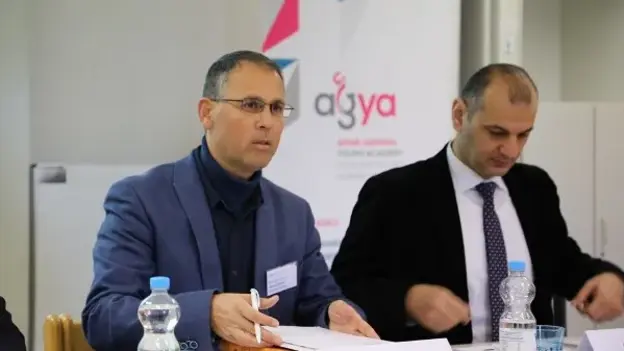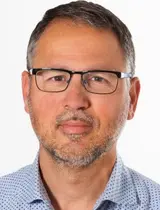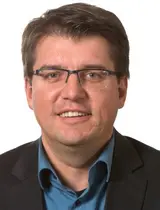Tandem Project
Tangible and Intangible Heritage of Maaloula
Conference
In 2014 AGYA member Ammar Abdulrahman had to leave Syria. 'The way to university in Damascus got too dangerous', he explains. Since mid-2016 the internationally renowned archeologist is guest professor at the University of Tübingen. Together with his AGYA colleague Jens Scheiner, Professor for Arabistic and Islamic Studies at the Georg-August University of Göttingen, Abdulrahman organized a conference on the tangible and intangible heritage of the Syrian village Maaloula from 7 to 9 November 2016 with funding of the Arab-German Young Academy of Sciences and Humanities (AGYA).
The village of Maaloula which is located about 60 kilometers north of the Syrian capital of Damascus at the foot of the Qallamoun mountains, is considered an important religious center, containing one of the earliest churches and monasteries in the world. 'It is important to already review the damage and loss of the cultural and immaterial heritage in Syria and to explore possibilities of Arab-German cooperation to work together in post-conflict recovery efforts', Abdulrahman explains the aim of the conference. “We need to be prepared when the war in Syria ends”.
Unique opportunity to discuss the cultural heritage in Syria based on knowledge at first hand and across different disciplines
In the AGYA conference, Abdulrahman and Scheiner gathered experts from Syria, Germany, France and Denmark to talk about the damages and loss of valuable religious icons and artefacts in Maaloula as well as about the linguistic heritage of the village. In Maaloula Western Neo-Aramaic is still spoken, which is often described as 'the language of Jesus'. Dr. Mahmoud Hamoud, Director of the Antiquities in the Damascus area and Eilias Naserllah, expert on Maaloula and the Aramaic language, had come all the way from Syria to report on the current situation in the country. Therefore the conference provided the unique opportunity to discuss the cultural heritage in Syria based on knowledge at first hand and across different disciplines. 'It was also especially important for me to invite former research colleagues, whom I know from Syria and who are now in Germany and elsewhere in Europe', Abdulrahman says. The conference gave them the opportunity to meet again and to catch up on their latest research results. 'This systematic network building is crucial to further integrate into the new scientific environment', Abdulrahman says. With his active engagement in this regard, AGYA member Abdulrahman serves not only as role model but also as facilitator for his fellow colleagues.
Many ideas for outreach projects
'This conference was only the first step', summarizes his AGYA colleague Scheiner, 'together with the other participants we are currently collecting the findings and recommendations of the conference'. Abdulrahman and Scheiner are already planning the next steps: 'We have many ideas for outreach projects to the society', concludes Abdulrahman. The so called tandem projects offer AGYA members the opportunity to carry out joint research projects and academic exchange on a bilateral level. Under this format, one Arab and one German member of AGYA work together. Within this close collaborative partnership, the members can intensively learn from and with each other, beyond disciplinary boundaries. Cultural heritage is one of the topics AGYA members are constantly working on.
- Disciplines Involved
- Arabic & Islamic Studies, History, Archaeology
- Venue
- Georg-August University of Göttingen, Göttingen, Germany
- Year
- 2016
- Funding Scheme
- Tandem Project
- Countries Involved
- Germany, Syrian Arab Republic
